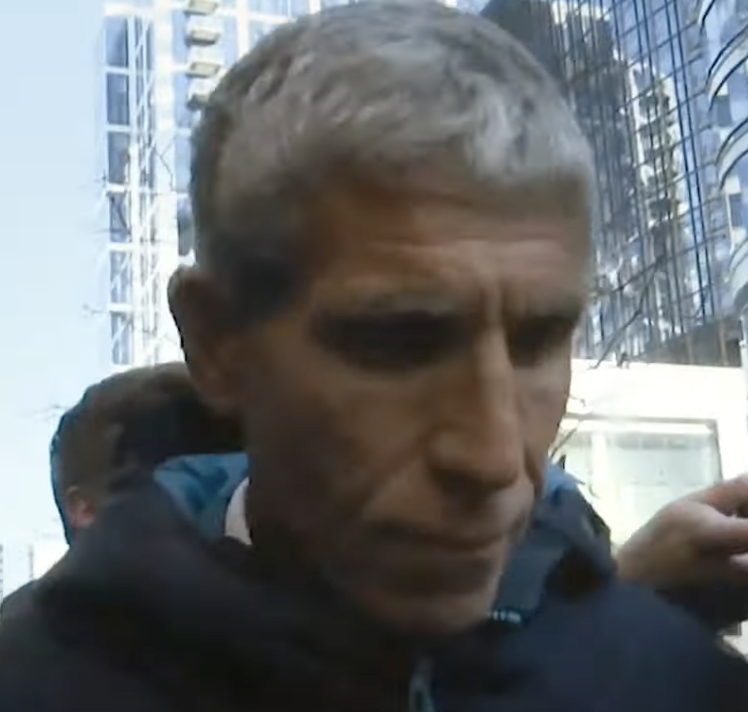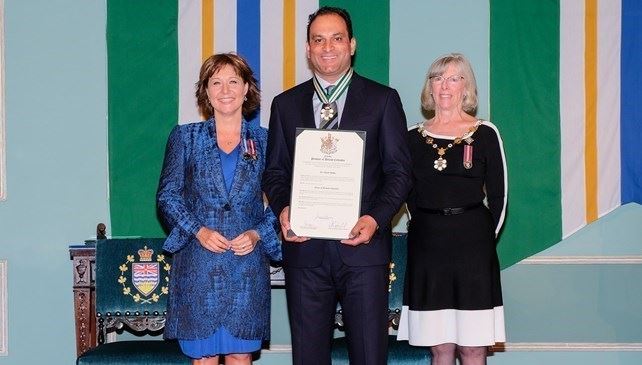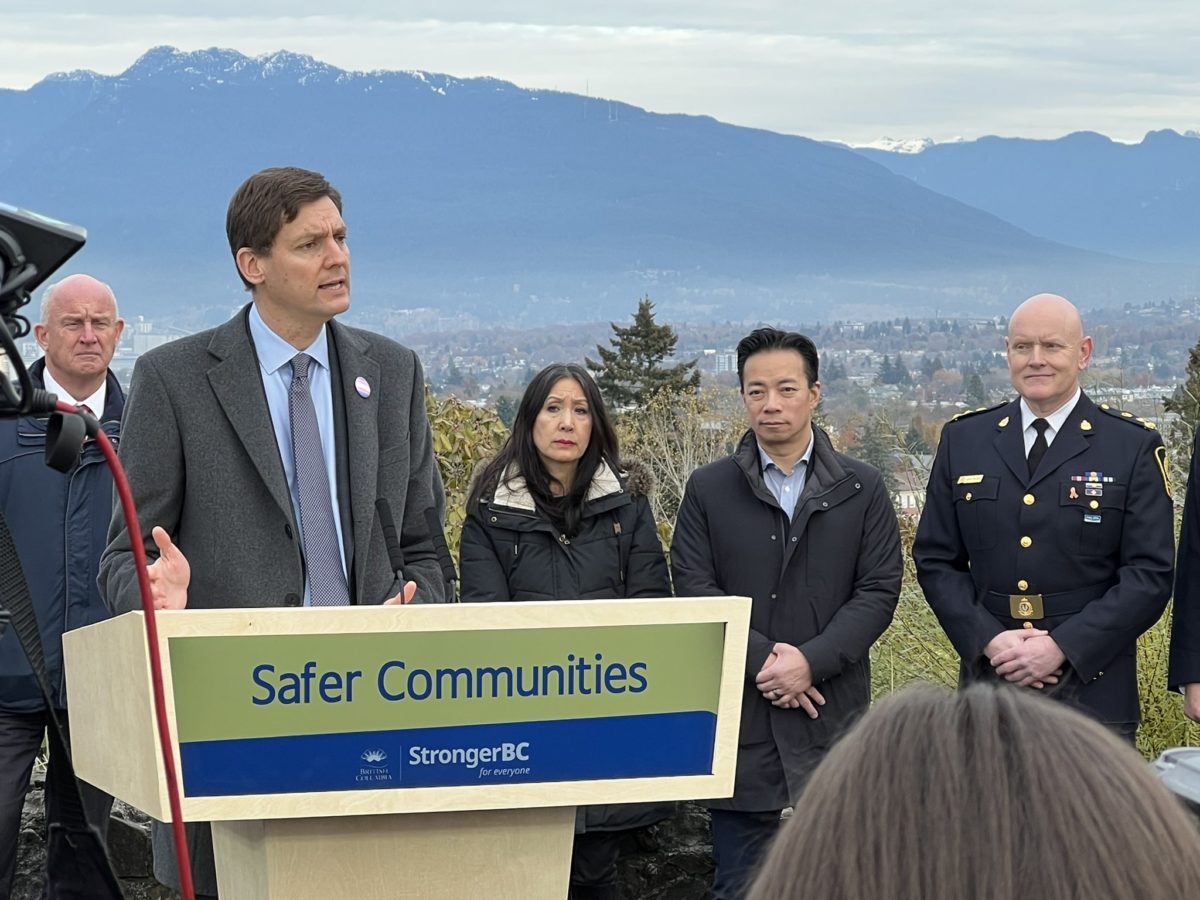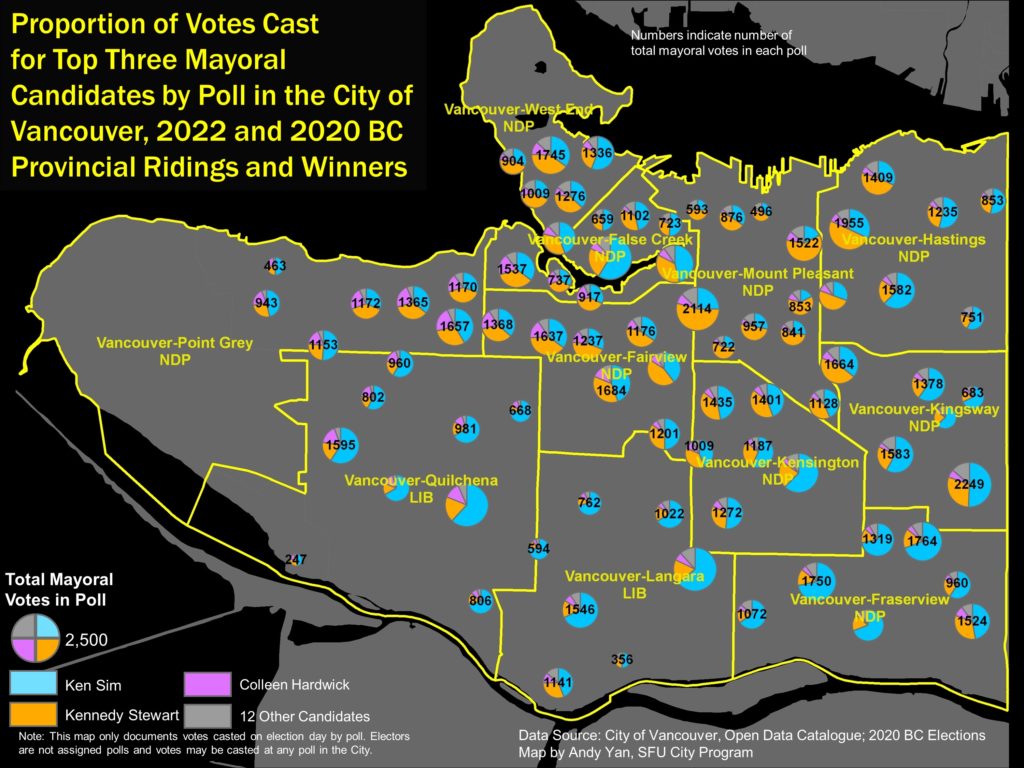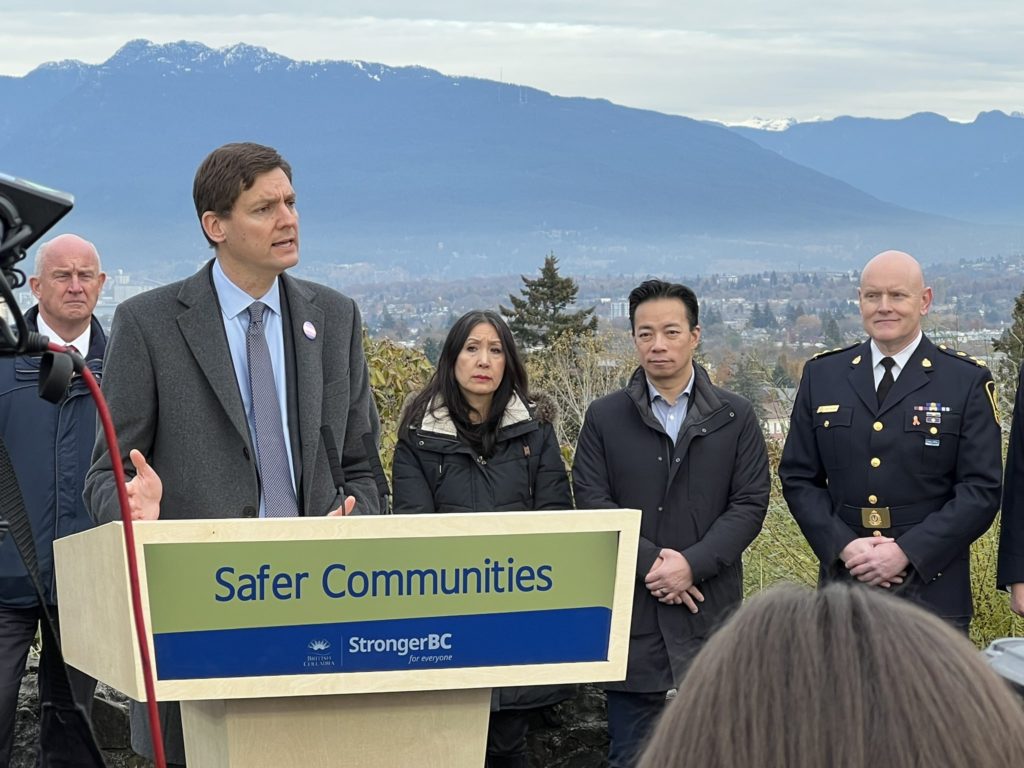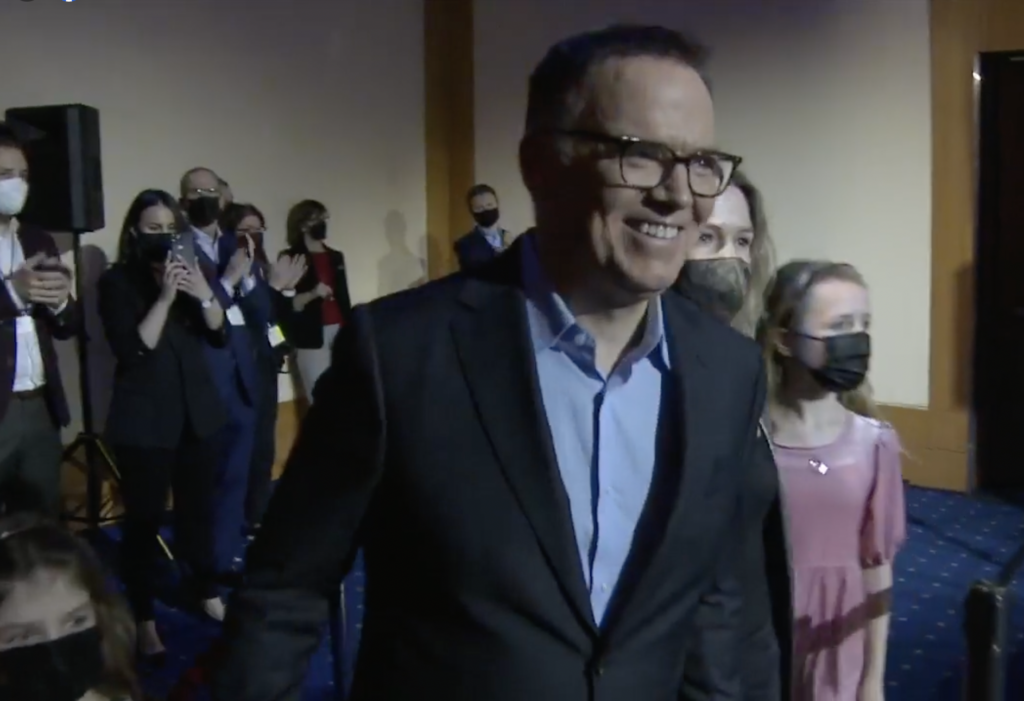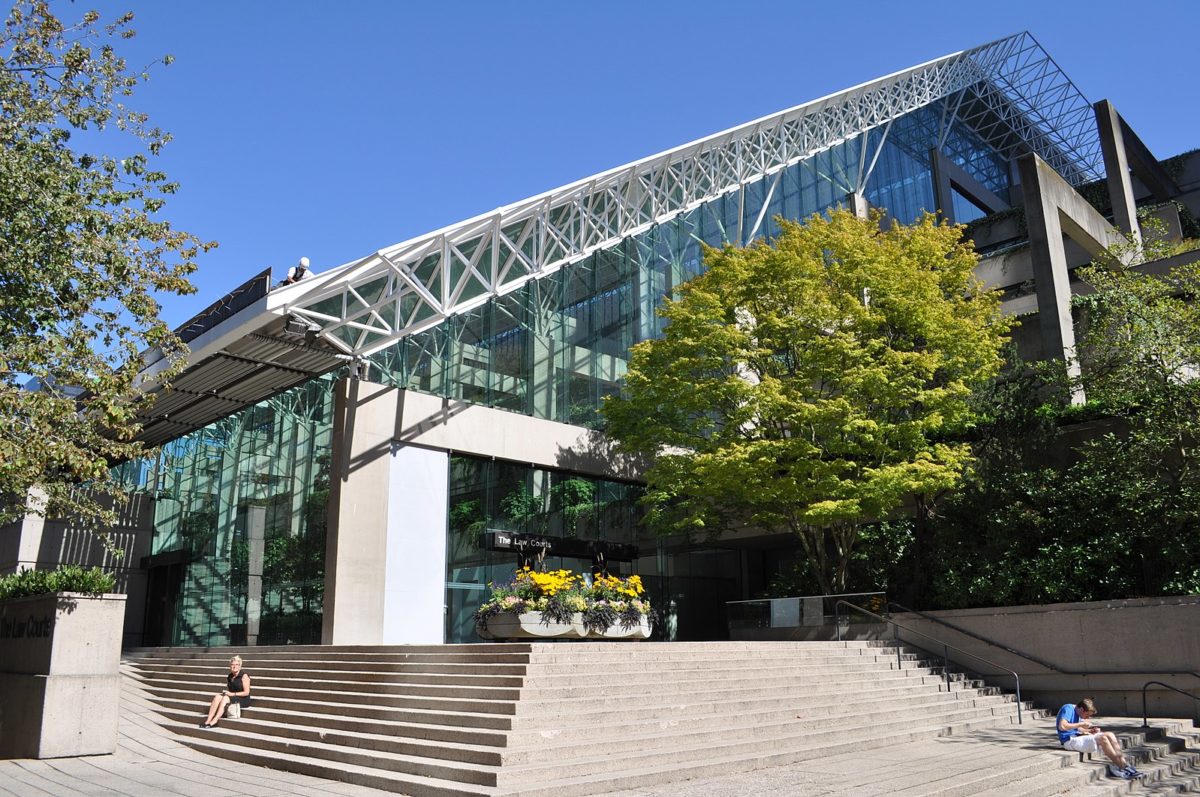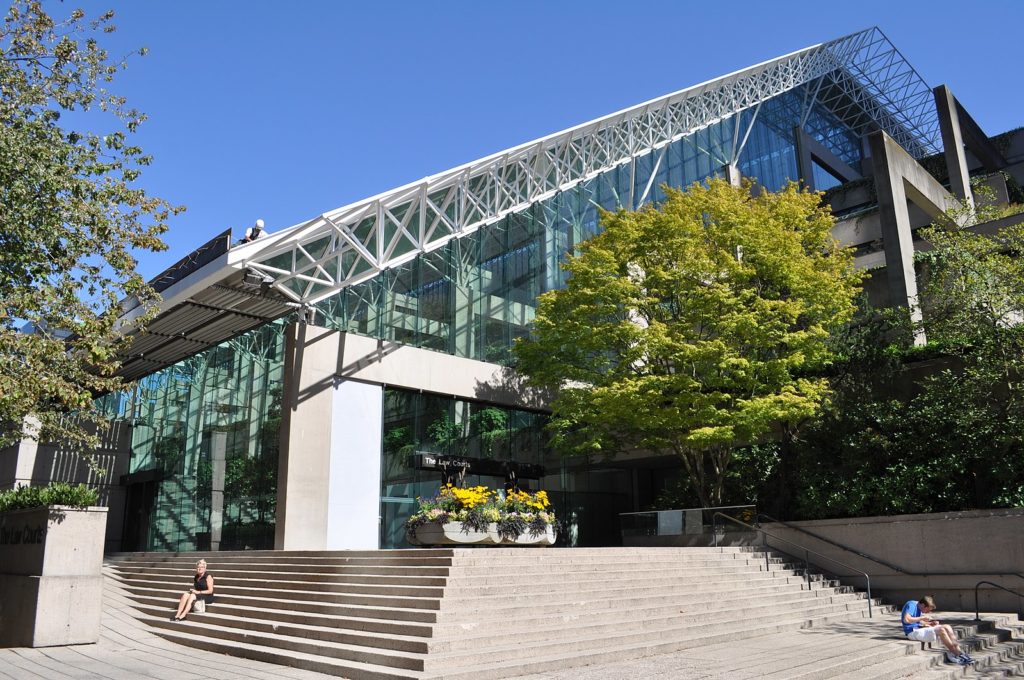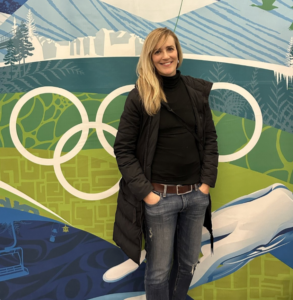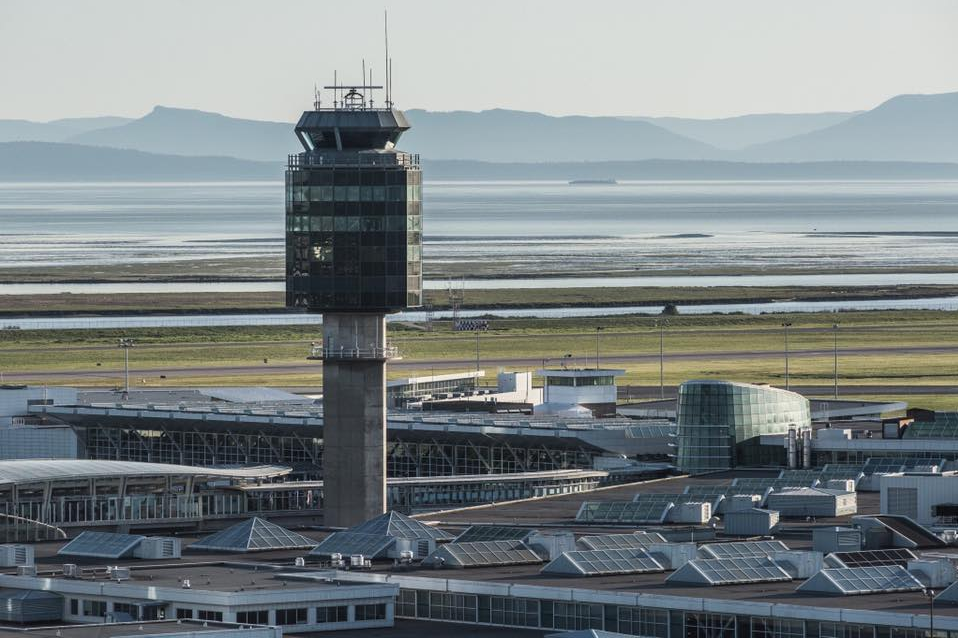Bob Mackin
So many things happen every year in Metro Vancouver, but what about those that didn’t in 2022?
Here is a partial list.
Still no woman as Vancouver mayor
In his second try on Oct. 15, ABC Vancouver leader Ken Sim made history becoming the 41st Mayor of Vancouver and first Chinese-Canadian elected to the job.

Mayoral candidate Colleen Hardwick and her TEAM team at the 2010 Olympic cauldron on Jack Poole Plaza Oct. 4. (Mackin)
For the third-consecutive election, a woman finished third. This time, it was TEAM for a Livable Vancouver leader Colleen Hardwick, who won a council seat in 2018 on Sim’s NPA ticket.
Between 1993 and 2011, four women finished second for the Vancouver mayoralty. The NPA’s Suzanne Anton had the highest vote total in 2011 with 58,152.
Vancouver lags behind numerous cities. Seattle’s Bertha Knight Landes and Portland’s Dorothy McCullough Lee became their cities’ first female mayors in 1926 and 1949, respectively. Victorians elected Gretchen Brewin in 1985, six years before Torontonians voted for June Rowlands and 20 years before Dianne Watts made history in Surrey.
In 2017, Valerie Plante became Montreal’s first female mayor and the other Vancouver —the one in Washington State — elected Anne McEnerny-Ogle. Calgarians elected Jyoti Gondek mayor in 2021.
No electric car race
The streets around Eastern False Creek were supposed to become a temporary racecourse for the first time since the 2004 Molson Indy. The first of five annual Canadian E-Fests was scheduled for June 30-July 2, including a Nickelback concert, environmental conference, e-sports tournament and ABB Formula E World Championship race.
In April, the electric car race was postponed to 2023 due to promoter One Stop Strategy Group’s failure to obtain permits from public and private landowners. Vancouver wasn’t included on the 2023 race schedule in June when Formula E terminated its contract with OSS.
OSS balked at city hall’s July offer to refund its $500,000 deposit, because of the requirement to involve lawyers to oversee dispersal of funds to ticketholders and contractors.
Ticketing agency ATPI Travel and Events Canada Inc. sued OSS and its executives in Quebec in September for $3.4 million.

(Formula E/Twitter)
Broadway Subway didn’t stay on schedule
At least it wasn’t a Take Out the Trash Friday announcement.
Late on a Thursday, Nov. 24, the provincial government admitted the Broadway Subway wouldn’t meet the late 2025 deadline. The five-week concrete strike in the summer delayed tunnel boring, which means a new target of early 2026. Bad news for the businesses on Broadway separated from customers by construction barriers.
Even with 2022’s rapid increases in inflation and interest rates, the government insisted the project remains within budget. However, it didn’t include the $2.83 billion figure in the announcement.
Sewage plant still not open
Metro Vancouver’s North Shore Wastewater Treatment Plant, on the old BC Rail station site in North Vancouver, was supposed to be up and running two years ago. In March 2021, the Metro Vancouver board admitted the budget had doubled to $1.058 billion and said it would be in service by 2024.
The board decided to formally fire design, build and finance contractor Acciona in January. The Spanish giant is also working on the new Pattullo Bridge, Broadway Subway and Site C.
In a strange, pre-Christmas twist, Metro Vancouver filed court papers alleging that the Acciona-employed daughter of Coquitlam’s city manager used her father’s laptop, and Mayor Richard Stewart’s account, to access a copy of a confidential report about the project.
Cancellation culture
The pandemic wreaked havoc with the B.C. Superweek bike races again, which meant no Gastown Grand Prix for the third straight summer.
There was no Hallowe’en or Christmas train in Stanley Park, after the Park Board failed to keep the miniature train and its tracks in a good state of repair.
The Pacific National Exhibition launched a Winter Fair, complete with ice skating in the Agrodome and festive concerts in the Coliseum. But it ended prematurely due to December’s snow and ice storms.
No open air tour of downtown streets for the jolly, old elf again. Telus didn’t renew its sponsorship of the Santa Claus Parade.
With great enthusiasm, Best Buy announced drone shows around Canada Place’s Christmas festival on the first Friday and Saturday of December. But producer North Star Entertainment encountered unexpected interference and kept its fleet grounded.
Tragic coincidence
The PNE had sudden, second thoughts about hosting the first stop on Punjabi gangster rapper, actor and political candidate Sidhu Moosewala’s summer tour in July.
On May 27, it announced ticket sales would be delayed while it consulted the Vancouver Police Department. Just two days later, the 28-year-old, who had lived in the Toronto area, was shot to death in India. He lost police protection the previous day.
Police in India investigated allegations that a Canadian gangster was behind the killing.

Sidhu Moosewala (Twitter)
Big tantrum
Rapper Lil Baby, the Breakout Festival’s headliner, didn’t take the PNE Amphitheatre stage Sept. 19, due to an alleged illness. Hundreds of the 5,200 attendees were so disappointed, they rioted. Vending kiosks and equipment were destroyed and violence spilled over into area neighbourhoods. Vancouver Police are investigating dozens of males captured on mobile phone footage during the melee.
Luxury ships keep cruising
When American lawmakers closed a loophole that required cruise ships on the Alaska run to stop in a Canadian port, B.C.’s tourism industry feared it was the beginning of the end.
Instead, Vancouver saw a record 307 cruise ship visits in 2022, up 6% from 2019. The season ran from April 10 (Holland America Koningsdam arrival) to Nov. 2 (Crown Princess departure).
The 815,000 passenger visits was below the 1.1 million pre-pandemic figure, but Port of Vancouver hopes the forecast 334 ship visits in 2023 will bring a record 1.3 million passenger visits.
Support theBreaker.news for as low as $2 a month on Patreon. Find out how. Click here.
Bob Mackin
So many things happen every year

 “Seeing initial signs that recessionary impacts in the broader economy may help lower demand and reduce input costs,” said the NFI presentation.
“Seeing initial signs that recessionary impacts in the broader economy may help lower demand and reduce input costs,” said the NFI presentation. 








